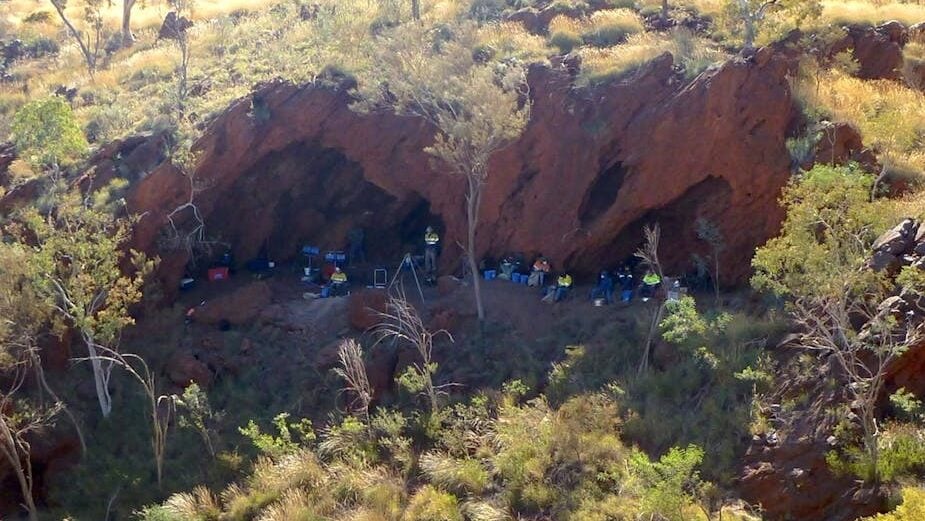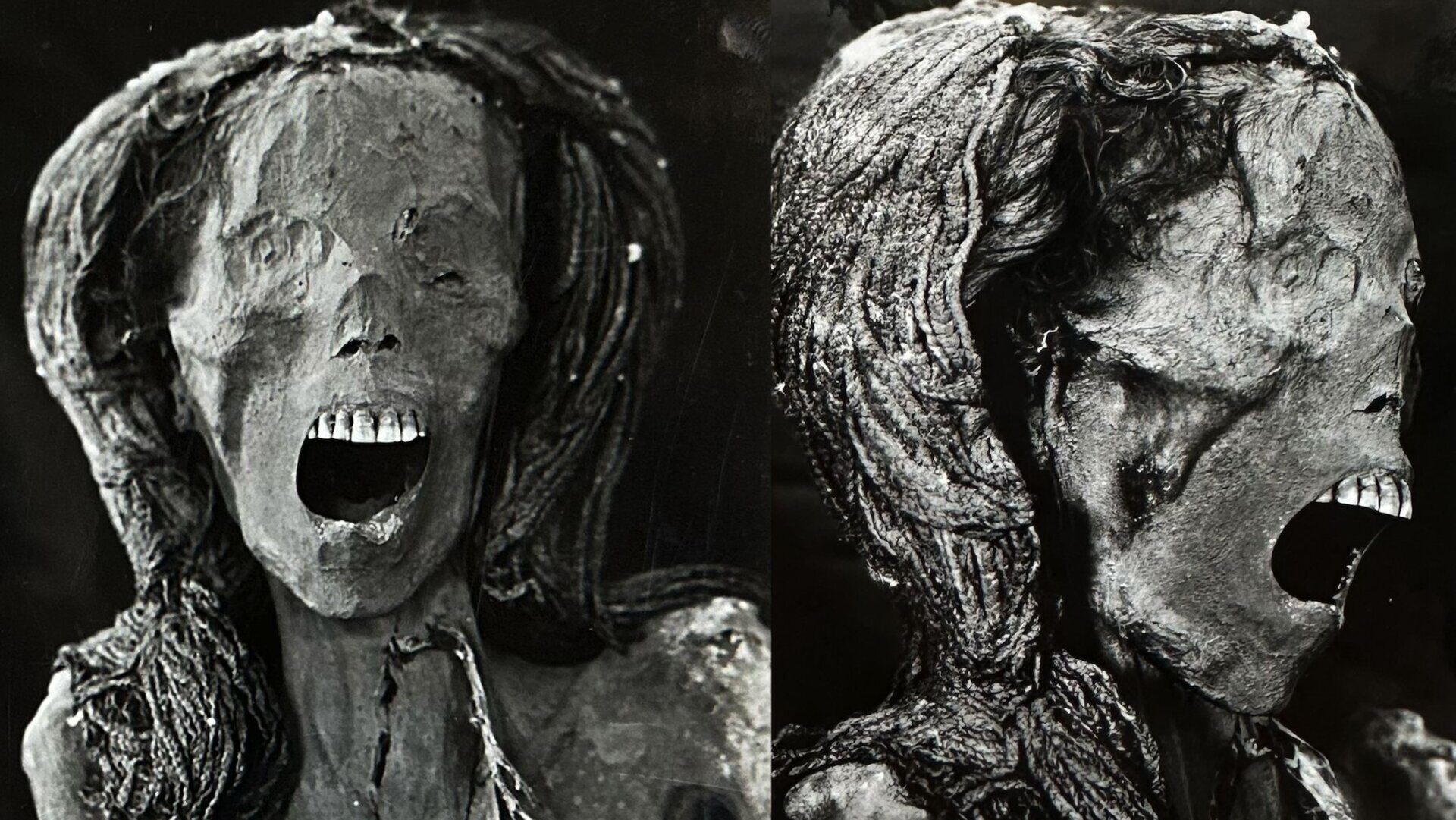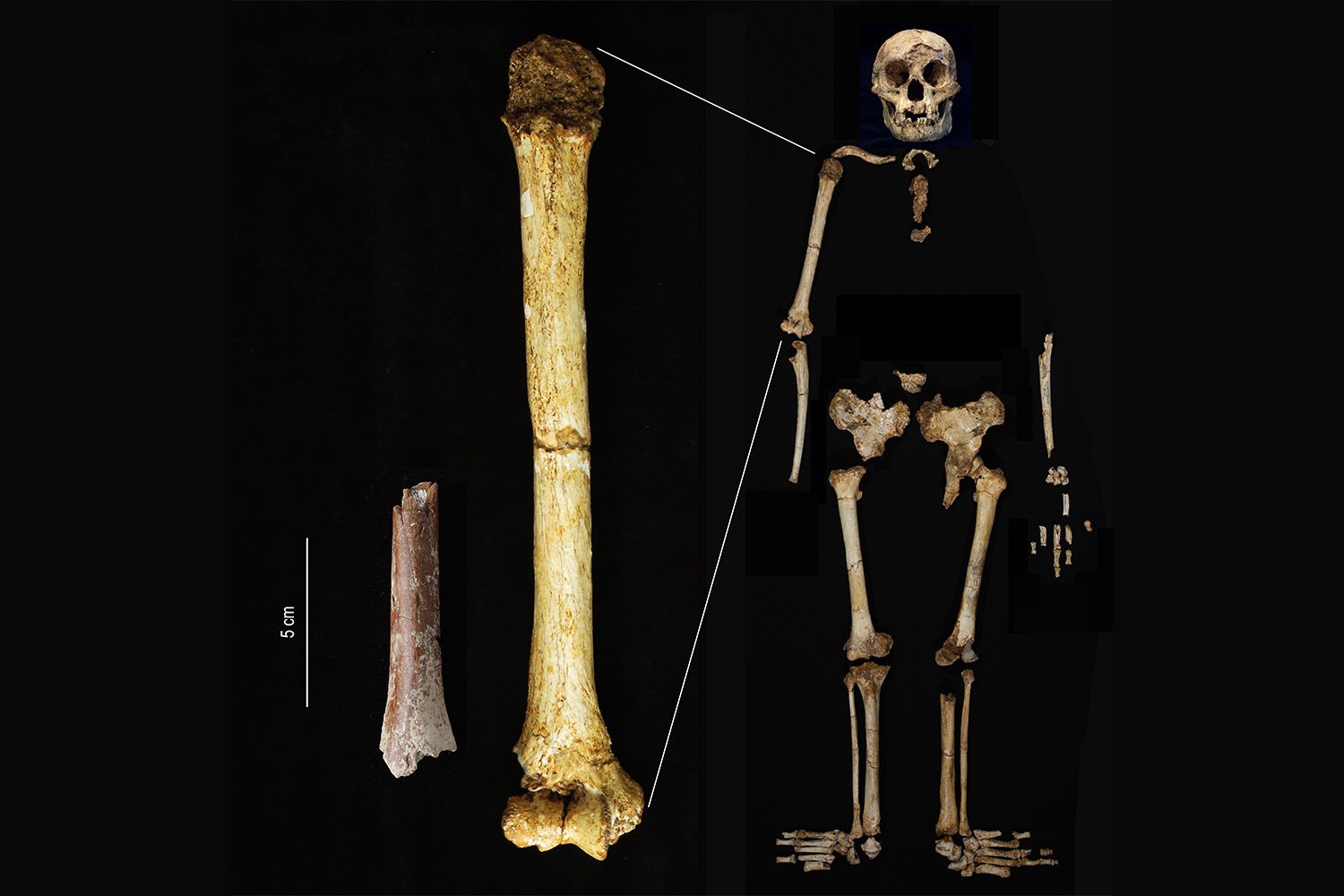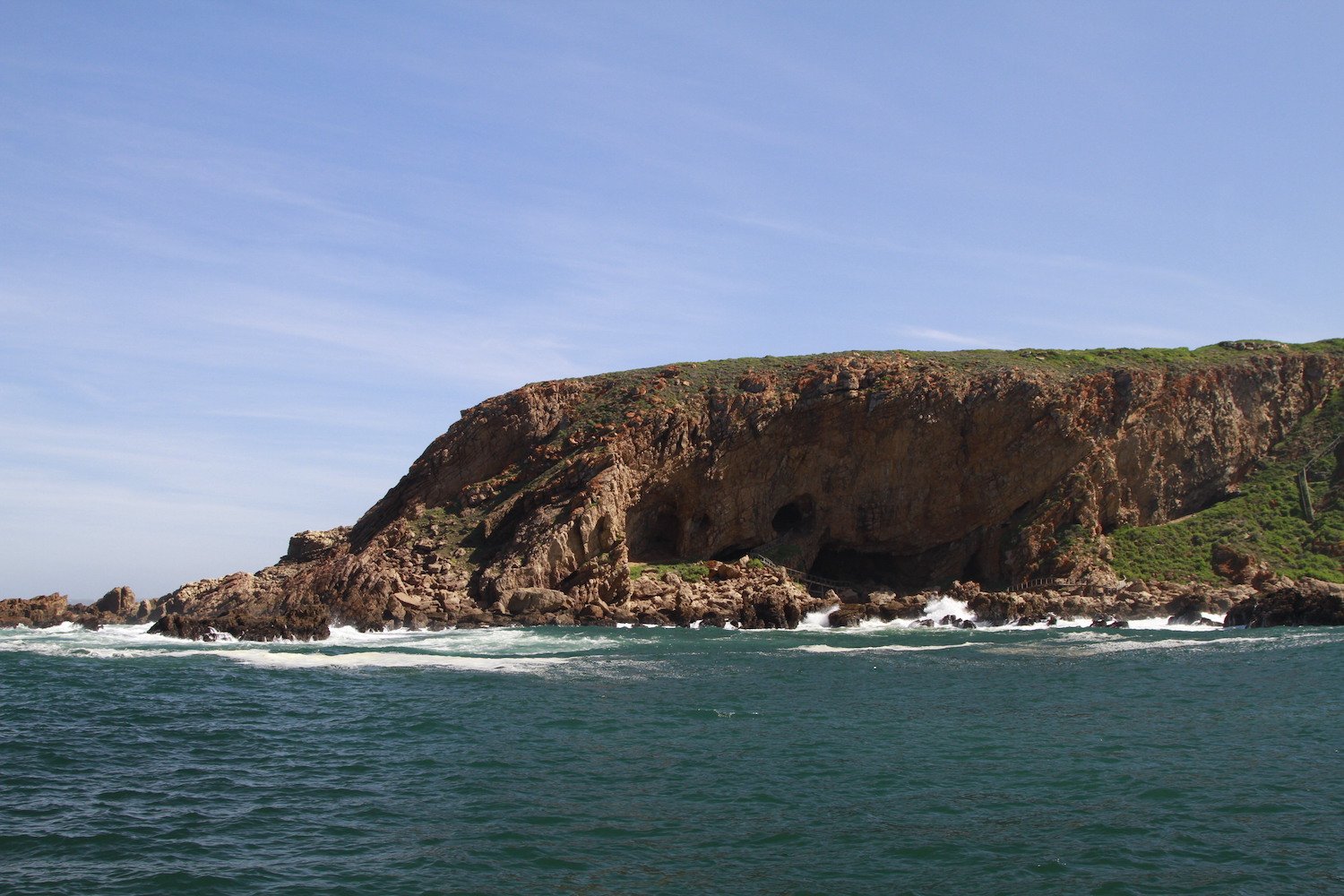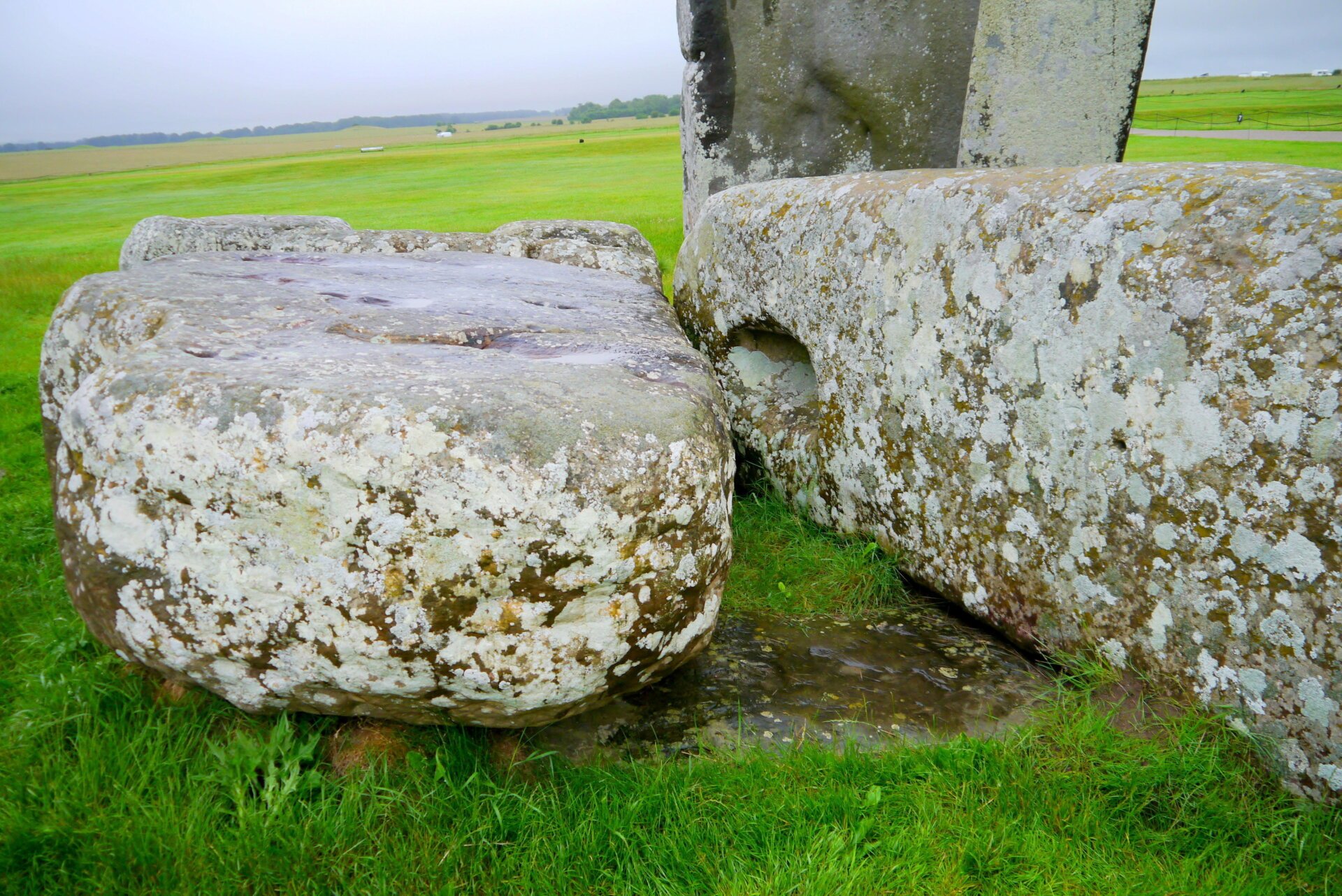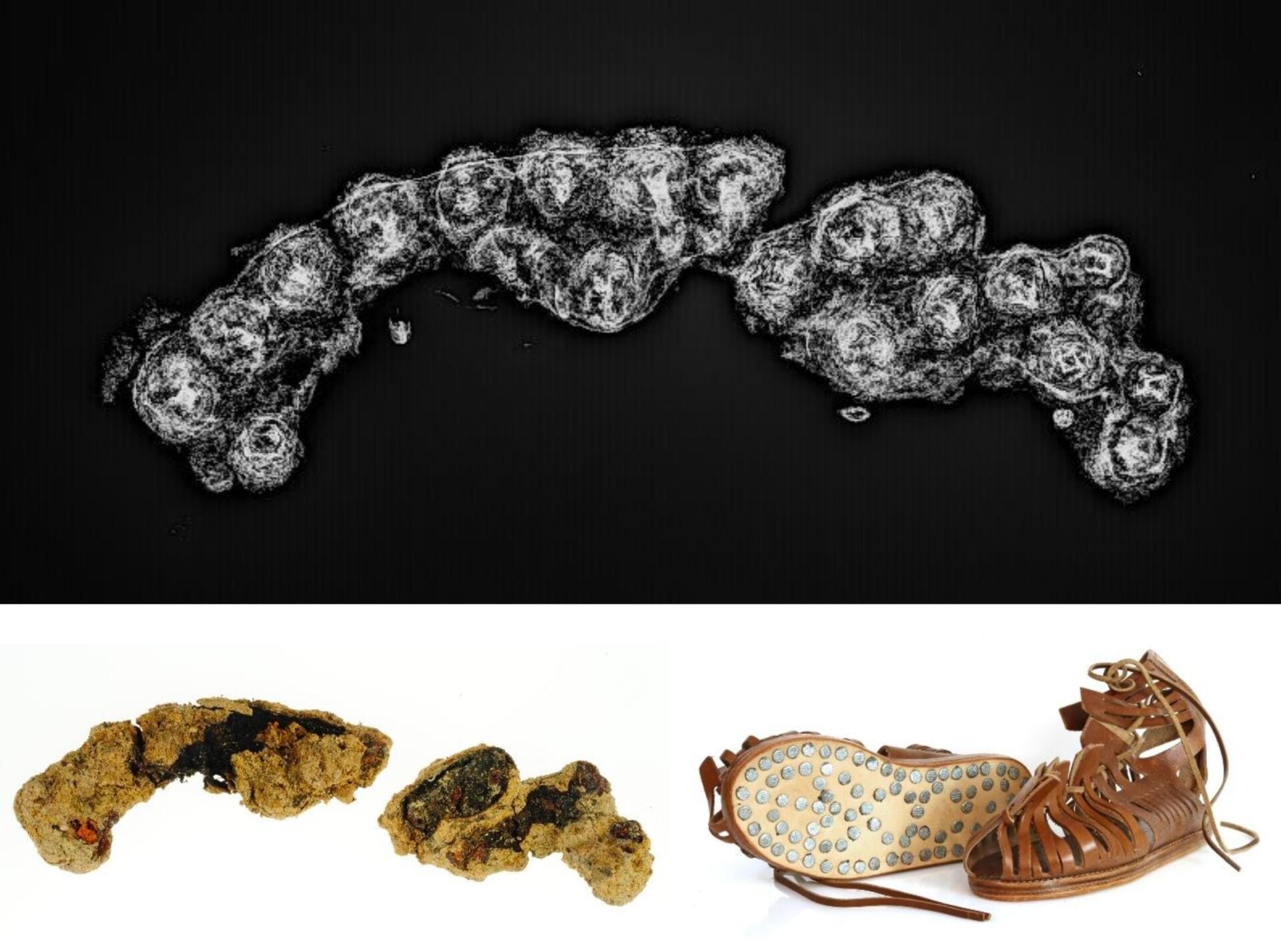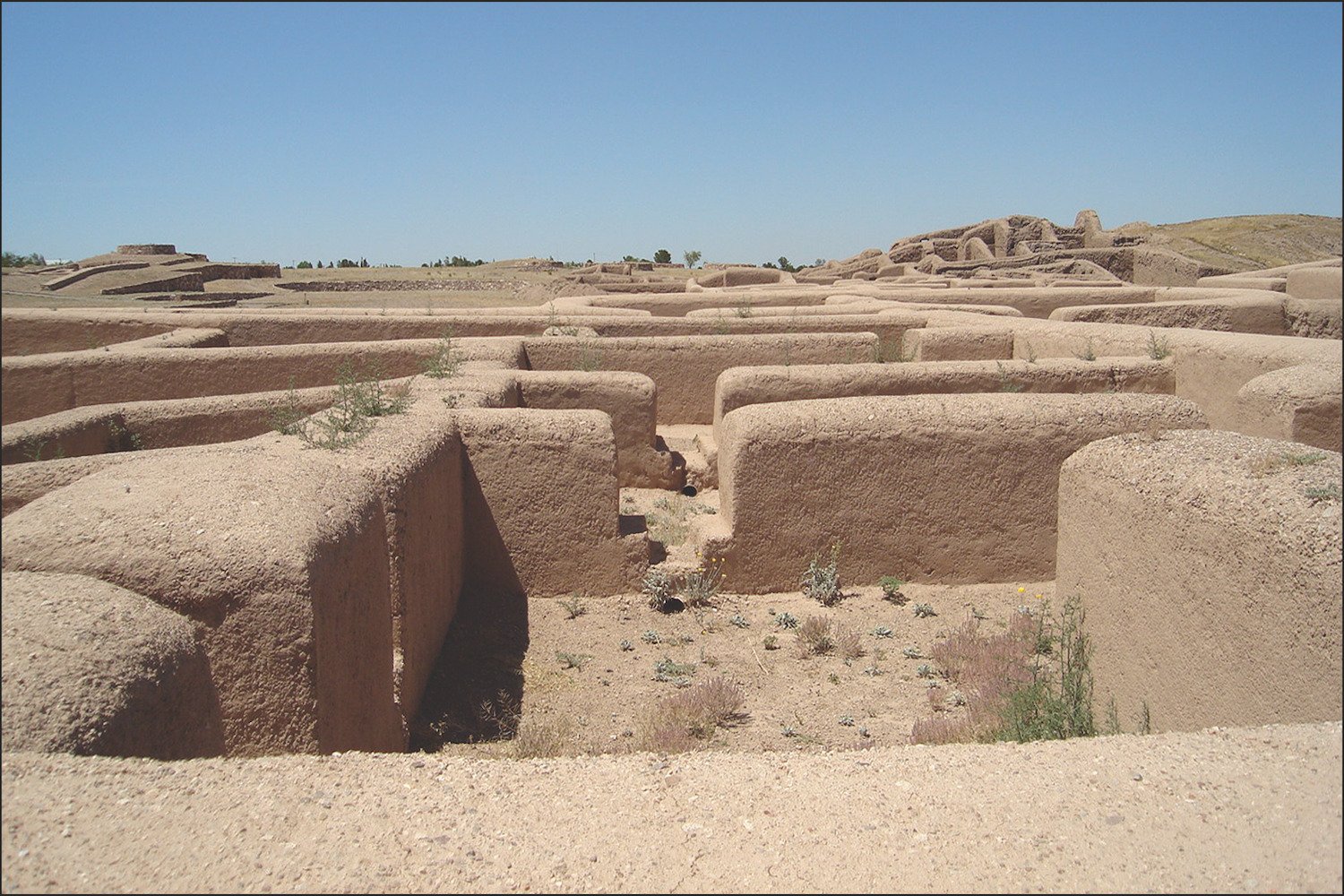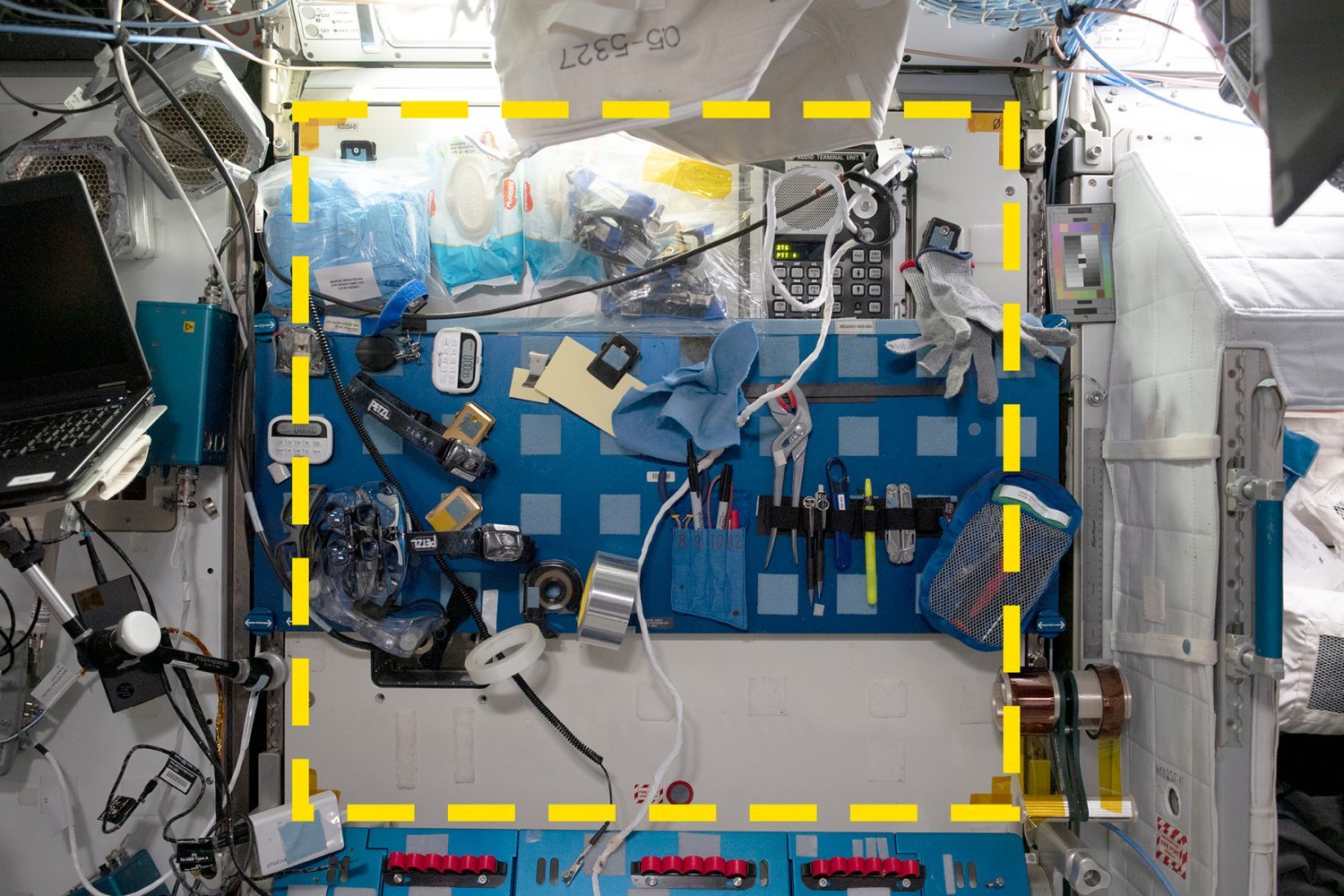In May 2020, Rio Tinto’s expansion of an iron ore mine led to the destruction of the Juukan 2 rockshelter, a site of immense cultural and archaeological significance in Western Australia’s Pilbara region. This act, though legally permitted, devastated the Puutu Kunti Kurrama Traditional Owners and sparked international outrage. This article explores the significance of Juukan Gorge, the findings from a 2014 excavation, and the ongoing efforts to recover what remains after the blast.
Juukan Gorge: A Site of Deep Significance
Juukan Gorge, located in Puutu Kunti Kurrama Country, consists of a series of caves approximately 60 km northwest of Tom Price. The Juukan 2 rockshelter, one of these caves, held evidence of continuous Aboriginal occupation dating back 47,000 years. This remarkable site offered a unique glimpse into human history, spanning the last ice age to recent decades. The gorge itself is named after a Puutu Kunti Kurrama ancestor, highlighting its deep cultural significance. For the Traditional Owners, it represents a profound connection to their ancestral land and history.
Archaeological Treasures Unearthed
The 2014 excavation of Juukan 2 yielded thousands of artifacts, revealing the rich history of the site. These findings, recently published in Quaternary Science Reviews, underscore the tragedy of the site’s destruction. Among the discoveries were tools, animal remains, and a 3,000-year-old plait of human hair genetically linked to the Puutu Kunti Kurrama people. The preservation of these artifacts was exceptional, even including a 30,000-year-old kangaroo bone point with ochre, potentially suggesting a ritual purpose.
Life in the Ancient Pilbara
Juukan 2’s location, hundreds of kilometers inland even before rising sea levels, demonstrates the adaptability of its inhabitants to the desert environment. The continued occupation through the last ice age further highlights their resilience. The abundance of artifacts, including tools utilizing spinifex resin as an adhesive, provides valuable insights into their technology and lifeways. Animal remains illustrate their diet, which included kangaroos, emus, and echidnas.
Recovering the Past, Protecting the Future
Following the destruction, a new excavation began to recover what remained beneath the rubble. This painstaking effort has uncovered further significant artifacts, including more plaited hair, shell beads likely originating from the coast, and even the jaw fragment of a Tasmanian devil, extinct on mainland Australia for over 3,000 years.
The Legacy of Juukan Gorge
The destruction of Juukan 2 serves as a stark reminder of the importance of protecting cultural heritage. While the published findings from the 2014 excavation provide invaluable knowledge, they also represent a fraction of what was lost. The ongoing recovery efforts and continued research at Juukan Gorge are crucial for understanding Australia’s deep history and ensuring the protection of similar sites in the future. This tragic event highlights the need for stronger heritage protection legislation and a greater respect for Indigenous cultural values in development projects.
 The Conversation Logo
The Conversation Logo



